During the pandemic I have taken the downtime to review hundreds of articles and video about how to improve my photography. I can say that in general, I learned something from each article but one thing I did not see was an article talking about finding new photography sites. In the pandemic world or even as a person on a budget, we cannot all improve our photos by simply standing in front of interesting sites. My apologies for paraphrasing National Geographic photographer Jim Richardson. The photos accompanying this article were all taken within 15 miles of my home.
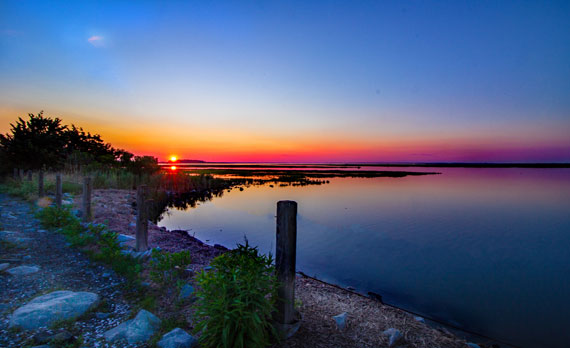
When you see a talented landscape photographer’s portfolio do you wonder where does he or she get all the inspiration ideas? An amateur photography does not have a travel budget to visit all kinds of amazing places and beautiful scenery sites. The material in this article should help you find inspiration ideas to improve your photo skills. No matter what is your budget or skill level there are millions of places to take great pictures without a huge travel budget.
Develop your Composition Eye
Learn the “rules” of a good composition, these include leading lines, the rule of thirds, image balance and others. When you are looking around look for three things: interesting focal points, interesting backgrounds, and interesting foregrounds. Practice composing scenes in your head. Look for examples of the rules and think about how you might capture that scene and when it might have the best lighting.
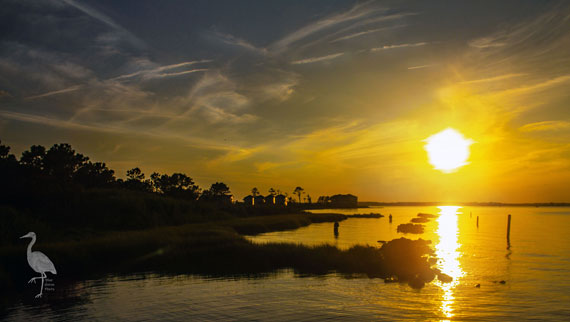
Get Outside
Great photos do not only happen in the mountains or at the seashore. Hills and Valleys offer interesting perspective opportunities. Lakes, rivers, and other small bodies of water offer the possibility of reflections and movement.
Anything you can do to get out in nature offers opportunities for inspiration. Parks, wooded trails, even golf courses are open spaces with interesting textures, colors, and contours. You might be surprised to learn that even in in large cities an average of 25% of the land is green space.
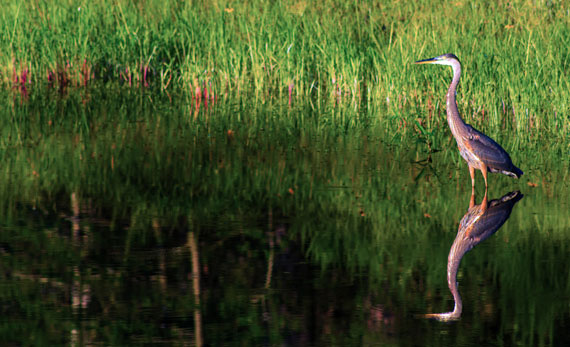
When you are traveling from one place to another, get off the interstate, they do not call it the scenic route for nothing. Try walking or bike riding to see the area at a slower pace.
Set a schedule for taking pictures
Try to set aside two or three hours per week to look for new picture sites, this will improve your composition eye and your picture taking skills. If possible, schedule this time when the lighting is best, sunrise or sunset. Getting better results from practice will make it easier to keep practicing. Do not put away your camera for the winter, gray skies and snow create a whole different type of lighting options.
Explore your Hometown
When you apply your composition skills you will look at everyday scenes with a new perspective. Try a new mode of transportation to see areas you normally would not see. Think of yourself as a tourist and try to capture interesting things in your area.
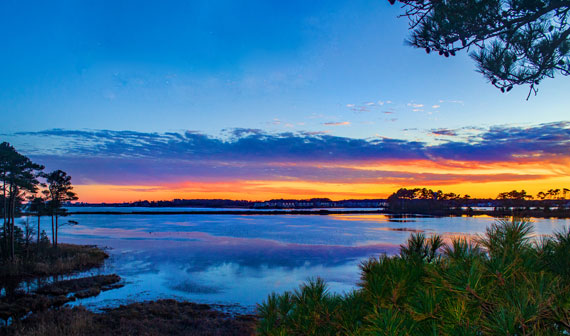
Think Outside the Box
If you normally take pictures with a wide angle lens, try using a telephoto lens instead. If you normally take pictures at sunset, try the same spot at sunrise. Do not just take pictures when the light is great, overcast skies and fog can provide unique contrasts. Get outside your comfort zone try new settings and new angles.
Visit New Places
This does not necessarily mean going on a photo safari, but that would be a great idea too. Take an afternoon or morning to visit an area you have not been to before just to take pictures. Do a little research about a river, park or lake, internet map programs are great for finding places in an hour’s drive time that might pique your creativity. At the same time check the weather forecast, sunrise, or sunset times and even the tides to try to get the best picture. A great site for determining the sun position anywhere in the world is Suncalc.org.
Look for Layers and Colors
Previously we discussed finding interesting foregrounds and interesting focal points. Look for opportunities to enhance these elements. Watch the afternoon sky for interesting clouds or colors. Oddly enough, smoke from large wildfires often creates unique sky colors. Look for natural elements to frame the focal point. A wooded path with overhanging trees offers natural framing. The same goes for brooks and streams.
Look for Places with Movement
Leading the viewer’s eye in a still image adds interest. This might be water flowing downstream or the wind swaying tree limbs. Use long exposure settings for a creative blur effect. Conversely freezing complex movement scene is a way to emphasize a focal point.
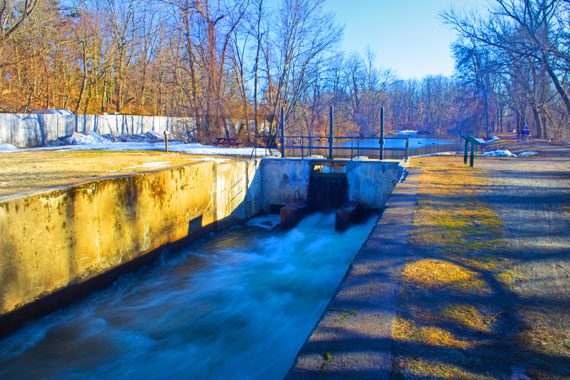
Summary
As you refine your composition skills, these acquired skills will lead to more opportunities to take good shots. These skills become even more valuable when you do have the opportunity to visit exotic and unique areas.
Go to full article: Practicing Landscape Photography in Your Own Backyard
What are your thoughts on this article? Join the discussion on Facebook
PictureCorrect subscribers can also learn more today with our #1 bestseller: The Photography Tutorial eBook
The post Practicing Landscape Photography in Your Own Backyard appeared first on PictureCorrect.
from PictureCorrect https://ift.tt/3muBo3o
via IFTTT






0 kommenttia:
Lähetä kommentti